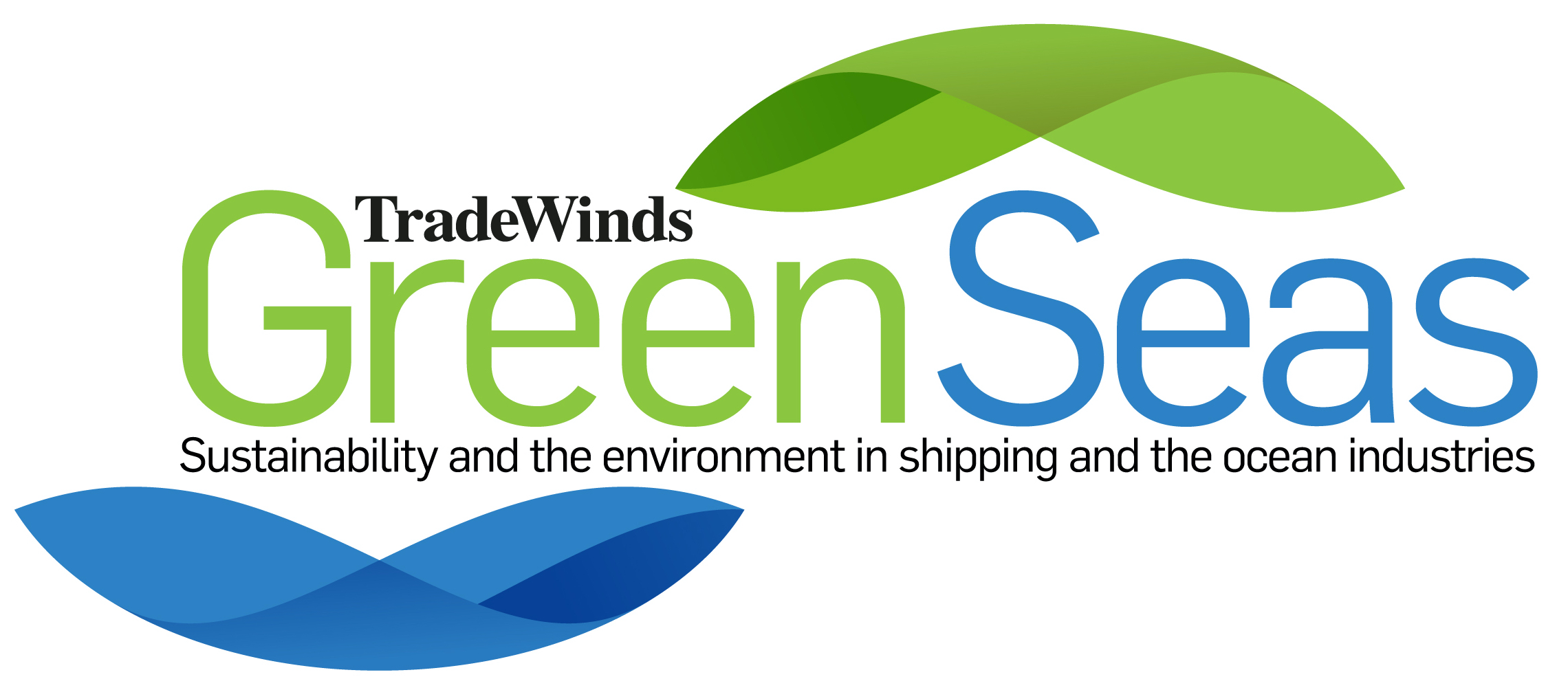Overseas Shipholding Group is looking to take its unique position in moving liquid bulk under the US Jones Act to pursue new opportunities that could include transporting cargoes of the future.
OSG chief executive Sam Norton said the Florida tanker owner, which has just been taken private in an acquisition by Saltchuk Resources, envisages a new “playing field of opportunities” under the wing of a new owner.
“We have long-term capital that’s patient, that’s willing to look at individual projects on a stand-alone basis on the merits of whether that project returns a level of capital that’s deemed acceptable or not, whether it has strategic value in building another business or building value over a longer term,” he said in an interview with TradeWinds.
One of the benefits of Saltchuk, whose all-cash takeover valued OSG at $930m, is that it does not take the shorter-term view of private equity or what Norton described as itinerant capital providers.
“They want to own these businesses forever,” Norton said of the Seattle-based group.
That patience alters the calculus for how the shipowner can pursue opportunities by leveraging the “franchise” that the tanker company has.
Norton described that franchise as having two key features.
First is OSG’s position under the Jones Act law, which requires US-built ships, domestic ownership and US crews to operate in coastwise trades.
Second is its experience as an operator of ships that carry cargoes of dangerous liquids.
Although Norton said it is a little early in Saltchuk’s ownership to envision what opportunities OSG will pursue, he named hydrogen, ammonia, methanol or CO2 as potential cargoes.

“I believe that in the coming decades, those opportunities will arise, and OSG will be in a position to be able to, if not be a leader in providing solutions to those opportunities, certainly be a meaningful player, because of the unique elements of the Jones Act and the barriers to entry that dangerous cargo shippers impose,” he said.
New players will find it tough to get into liquid bulk trades because of the vetting requirements of big-name energy companies, Norton explained.
OSG has taken some steps to explore the domestic captured carbon trade, after scoring a $3m government grant to develop a liquefied CO2 carrier to move that cargo from Florida to sequestration sites on the US Gulf Coast.
“We can build, essentially, a waste management business for industrial emitters of CO2, if the regulatory and economic landscape develops in a way that makes that sensible, and there’s a lot of scenarios where that’s the case,” Norton said.
After all, if operators of power plants capture CO2 in Florida, the geology means they have nowhere to put it, so they will need to send it elsewhere.
“We don’t believe that that’s going to be done by pipeline,” he said, noting that land-based pipeline construction will face local resistance but maritime solutions only have to deal with federal jurisdiction at sea.

“We think that the critical element to success in these large capital projects is timelines of certitude,” Norton said.
“And even in the Jones Act, we can put a maritime solution for transporting liquefied CO2 on the water within three years, and that pipeline is likely 10 to 20 years.”
But a TradeWinds reporter asked when he thinks that opportunity will solidify.
“Ask me a year from now,” Norton said.




